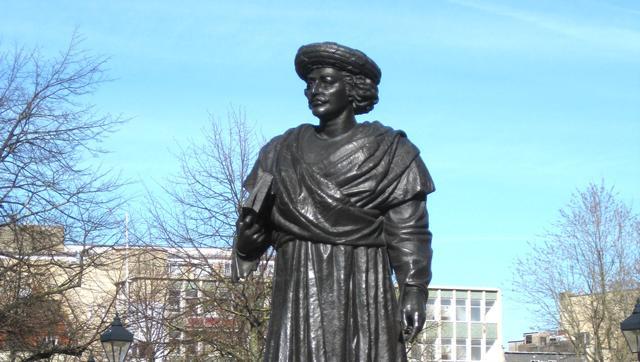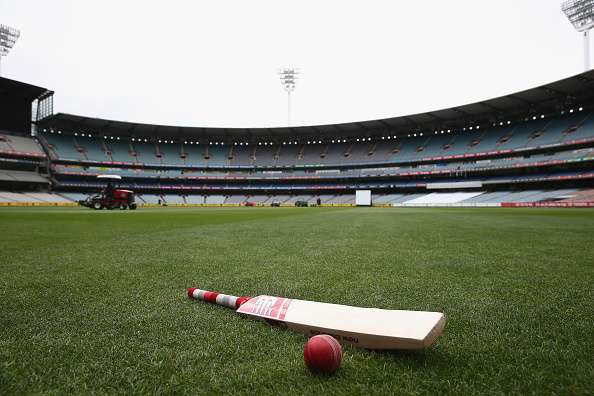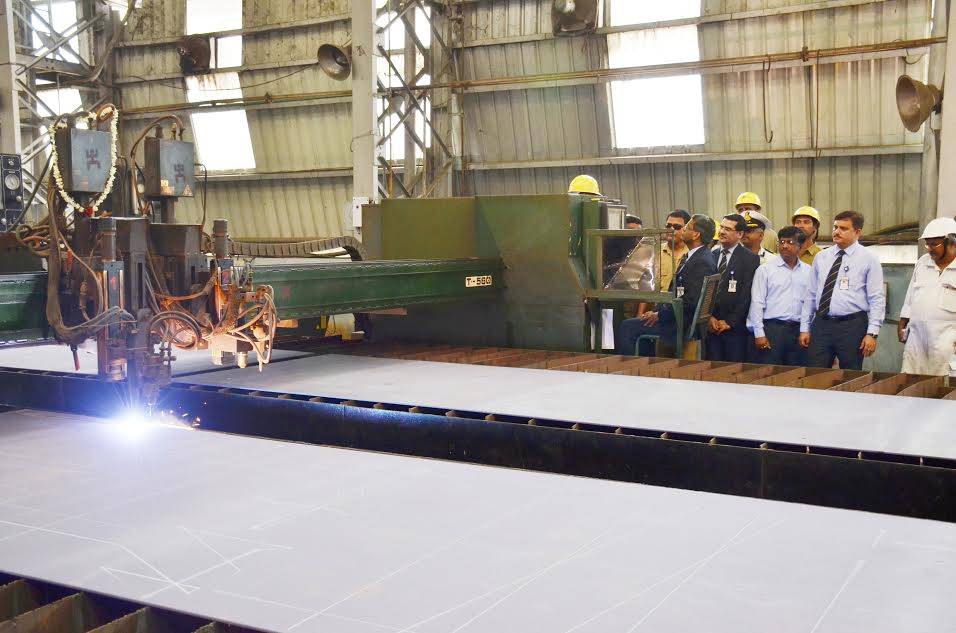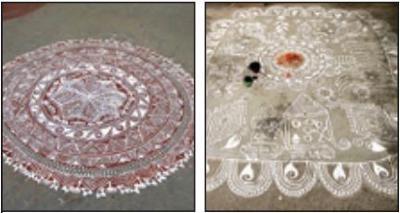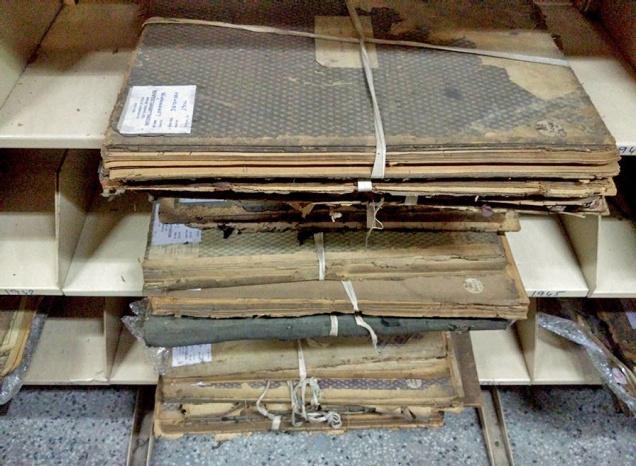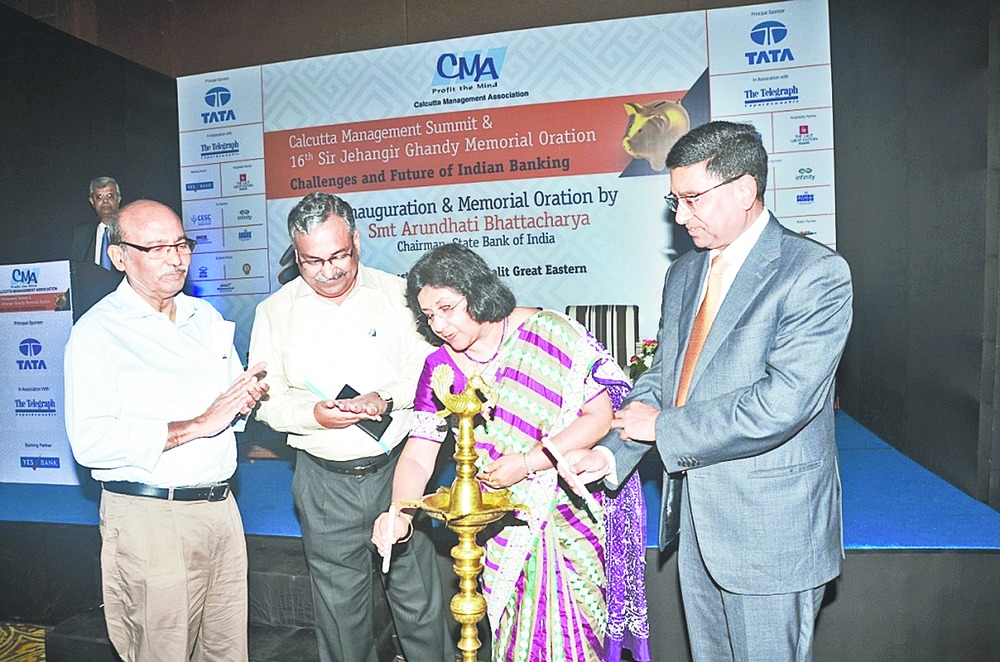Footage from Bilwamangal, a 1919 film acquired from Cinematheque Francaise
The National Film Archive of India(NFAI) has acquired surviving footage of the Indian silent film Bilwamangal (1919) from the Cinematheque Francaise, France. This acquisition is considered an important for NFAI at a juncture when they are in the process of implementing prestigious National Film Heritage Mission to safeguard Country’s cinematic heritage.
The film produced by the Elphinstone Bioscope in Calcutta later renamed as Madan Theatres Ltd, was directed by Rustomji Dotiwala. NFAI has acquired 594 metres. (28 minutes footage at 18 fps) of this film. The film was originally 12,000 feet long.
NFAI will be returning this gesture by providing a digital copy of Indian silent film Jamai Babu (1931) directed by Kalipada Das from our collection as per mutual exchange policy under FIAF framework”, Press Information Bureau press release here on Friday quoted Mr. Prakash Magdum, Director NFAI as saying.
Bilwamangal is a landmark acquisition for NFAI, as there was no trace of work of studio of JF Madan, available in India till date. With this the NFAI now possesses in its collection films representing three important Indian studios of the silent era – Madan, Kohinoor and Hindustan. Each of these studios had a prolific output making nearly a hundred films each in the silent era.
The last silent films NFAI acquired were from Kolhapur during 1996, titled ‘Murliwala’, ‘Sati Savitri’ and ‘Maya Bazar’ directed by Baburao Painter. India has produced nearly 1300 silent films between 1913 and 1932, most of which were lost due to its Nitrate base.
Nearly 28 silent films though incomplete, have been preserved in NFAI’s storage facilities since then.
source: http://www.thehindu.com / The Hindu / Home> National / Prakash Kamat / Panaji – August 19th, 2016
